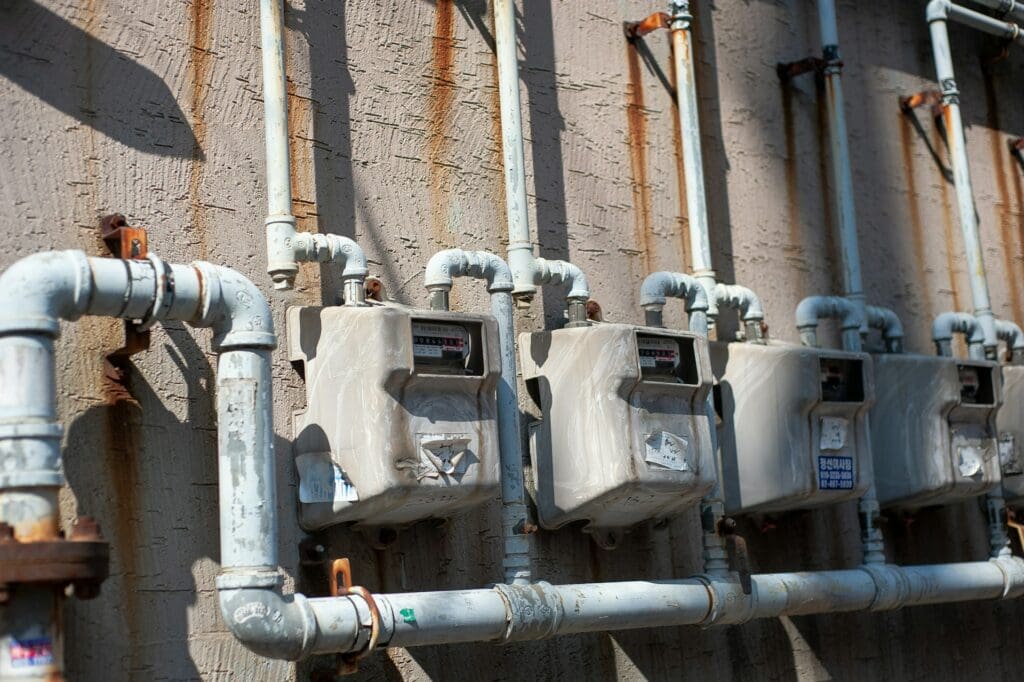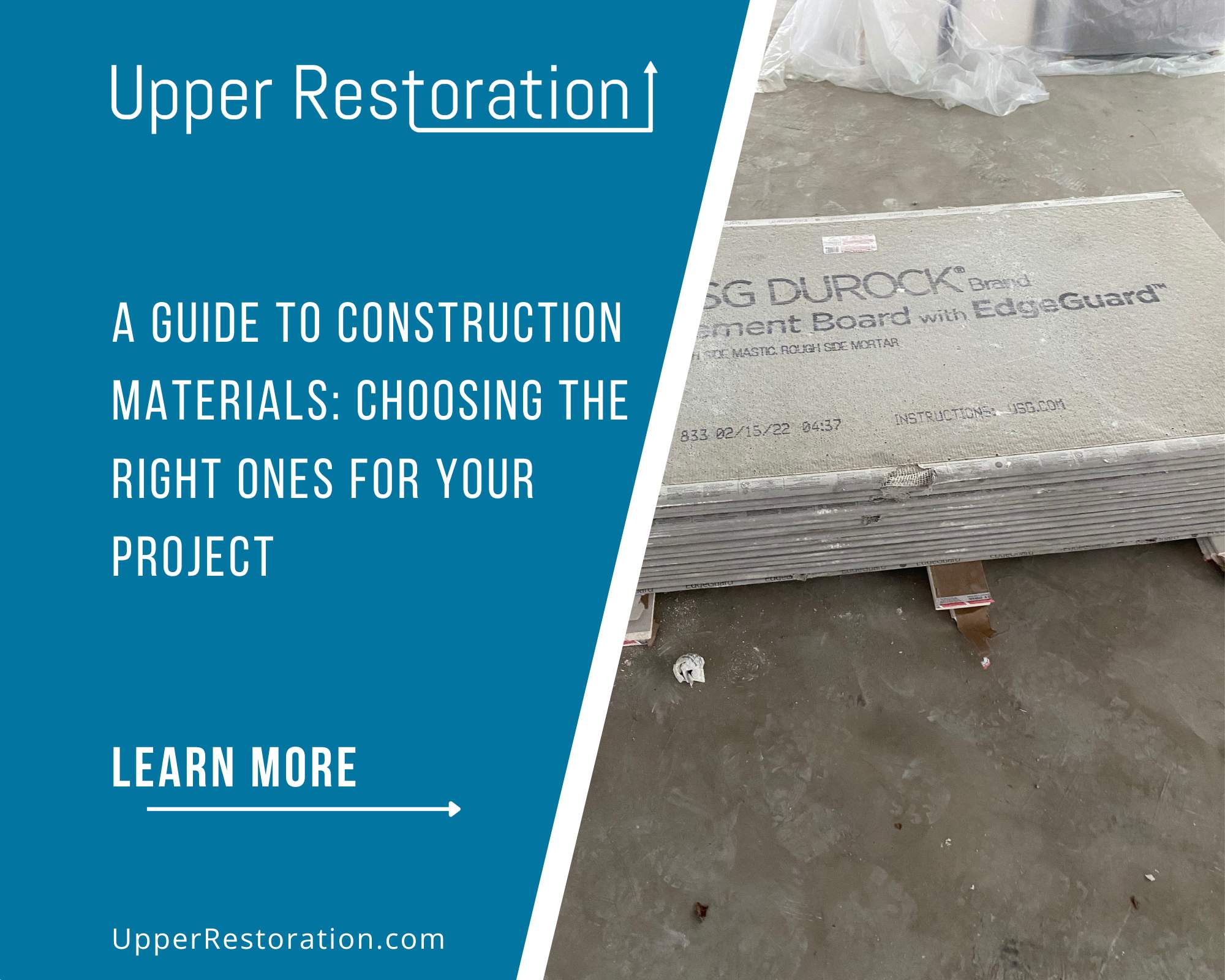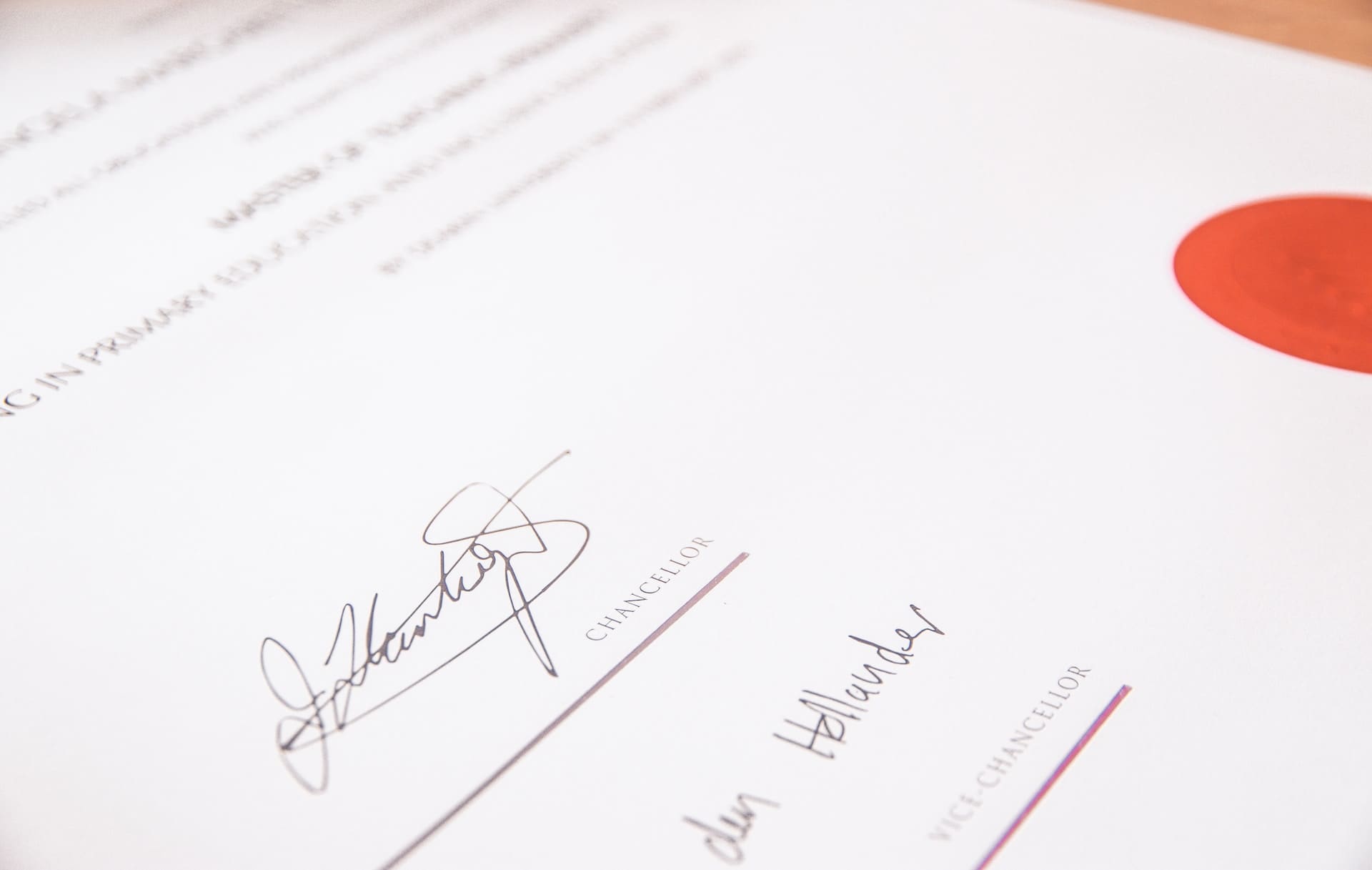Lead, a heavy metal that is naturally occurring, is a harmful substance that can lead to serious health problems if ingested or inhaled. This is particularly perilous for vulnerable populations such as children and pregnant women. In understanding the potential risks of lead exposure, it’s important to identify and remove sources of lead in homes to reduce exposure. Here are the five most common sources of lead in homes:
Lead-Based Paint
One of the most common sources of lead in homes is lead-based paint. This was commonly used in homes built before 1978. The danger with lead-based paint is that as it ages and deteriorates, it can chip and create hazardous lead dust. This dust can be inhaled or ingested by children who may put their hands in their mouths after coming into contact with the dust. This can lead to lead poisoning, which can have serious health impacts on children’s cognitive development.
Soil
Another common source of lead is the soil around homes. Soil, especially in urban areas, may be contaminated with lead from past uses of leaded gasoline and from chipped lead paint from old buildings. The danger here is that children can ingest lead by playing in the soil and then putting their hands in their mouths. This risk is why it’s important to have your soil tested for lead, especially if you live in an older neighborhood.
Plumbing
Plumbing is another source of lead in homes. Homes built before 1986 may have lead pipes, faucets, and solder. The danger with lead in plumbing is that the lead can leach into drinking water, especially hot water. This can lead to ingestion of lead when drinking the water or cooking with it.
Imported Goods
Imported goods such as toys, jewelry, cosmetics, and spices can also be a source of lead. The concern with imported goods is that they may not have been manufactured under the same safety standards as goods produced in the United States. Therefore, it’s important to always check the origin and safety of imported goods.
Renovation Dust
Lastly, renovation and remodeling can disturb lead-based paint, creating hazardous dust. This dust can be easily inhaled or ingested, leading to lead exposure. Therefore, it’s important to use lead-safe work practices during renovation or hire a professional who knows how to handle lead safely.
The Importance of Hiring Professionals
Understanding the risks associated with lead exposure is the first step to protecting your home and family. However, identifying and removing sources of lead is not a simple process. It’s crucial to find a reputable restoration company to perform a lead inspection and remediation. Attempting to remove lead-based paint or other lead sources by yourself can result in increased lead exposure due to improper handling and disposal.
Conclusion
A professional restoration company has the knowledge, tools, and expertise to safely remove lead from your home. They are trained in proper lead handling and disposal techniques, protecting you and your family from this dangerous substance. By hiring a professional, you can be assured that the job will be done safely, effectively, and in compliance with all local and federal regulations.




